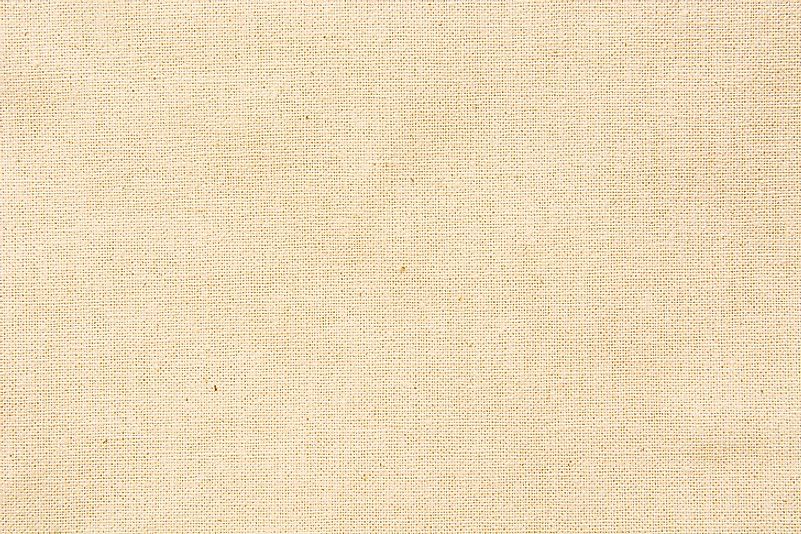What Is Calico, And How Is It Made?

Indian Origins
Calico is a fabric that first appeared in the 11th Century AD. The Indian city of Calicut in Kerala, from which has been derived the root of this renowned textile's name, became famous through the cloth's history and had been repeatedly frequented by masses of merchants, clothing designers, and discerning buyers from around the world to cash in on the textiles originating from there. Calico is mentioned in Indian literature as early as the Twelfth Century by the writer Hemachandra as "printed fabric with Lotus pattern". In the 15th Century, cotton prints from Indian Gujarat appeared as far away as Egypt and Northern Africa. Calico was woven using Sūrat cotton, which made them cheap and durable, passing the test of time and able to survive through centuries. Contemporary visitors to the Indian subcontinent have often come back carrying souvenirs in simply woven calico shoulder bags embedded with prints of oriental supermarkets or cultural spots, presenting a trendy Indian substitute to the short-lived, plastic shopping bag eye-sores.
Making A Mark In France
In the 17th Century, along with other goods from India, the East Indian Company imported cotton yarn and fabric, dyes, and cotton from India into Europe. The increase of Calico prints began in 1683, when Indian technologies became adopted in the European countries. Printed Indian fabric was widely used for upholstery, home decoration, home sewing, and summer clothes. However, their costs very high, and in some areas of France imported cotton fabric had been dyed and patterns copying the Eastern samples were designed onto them. French workshops creating calico products were opened in Marseilles in 1654, Avignon in 1677, and Nimes in 1678. Indian migrants to France revealed the technologies for obtaining permanent dyeing to their adopted fellow countrymen. Initially, the process of assembly involved Indian tapestry techniques, wherein carved patterns were covered with paint and pressed against tissue, and the small details were added manually with a brush. Steadily, a number of forms, called stamps, had increased to three, sometimes four, per shop, which allowed craftsman to create multi-color drawings. In 1681, a decree banning the production of printed fabrics was issued, as more fashionable and cheap French cotton and flax were successfully competing with the same French wool and silk fabrics. However, the demand for printed fabric led to the creation of clandestine workshops across France.
Establishing Business In England
In the late Sixteenth Century, England became acquainted with Indian calico. In 1592, the ship Divine Mother, which belonged to Portugal and having calico fabric cargo on board, was seized by the British, acquainting them with the product. In 1631, the British East Indian Company obtained a permit for the import of Indian fabrics. Over the years since, Britain developed its own production of calico, and developed a method for producing non-shedding patterns on the fabric. The manufacture of woolen fabrics in England were localized in the South and East of the country, but the popularity of the cheaper calico and its thread to main producers of woolen fabrics led to a new ban of import of painted calico and calico printed cloth from all oriental countries. In 1712, a tax in the amount of 3 pence per yard of calico was introduced by the Parliament. In two years' time it had grown to 6 pence, and after eight years it was forbidden outright to sell printed and dyed calico fabrics, whether they were produced in the country or imported from abroad. Merchants from all across the European continent picked up on the initiative, and an illegal trade developed.
A Diverse Fabric for the Masses
Relatively inexpensive yet able to be made into an array of products with bright colorations and pattern variations, calico has become popular in other European countries with low income per capita incomes. A plain, closely woven, inexpensive cloth made in solid colors on a white or contrasting background stood as the first requirement of a house of newlyweds. Products made from calico, such as curtains, bed linens, and house clothes, became popular in Eastern Europe, and the first anniversary of the marriage was often called the "calico wedding".











